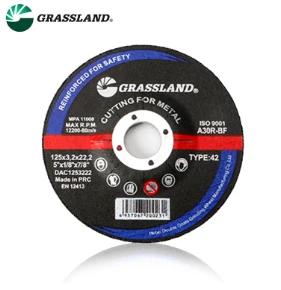

Another consideration for users is the wet vs. dry cutting method. Wet cutting involves using water as a cooling agent, reducing dust emission and extending the life of the disc by minimizing heat buildup. Conversely, dry cutting is more convenient in areas where water supply is impractical, although users should be prepared for more dust production. Each method presents benefits and limitations, largely dictated by environmental conditions and project specifications. For those seeking reliability, investing in reputable brands known for quality and safety assurance is a wise choice. Brands with certifications and extensive customer reviews can provide added peace of mind regarding performance consistency and disc longevity. Trusted manufacturers are likely to offer warranties and support, underscoring their product's reliability. Regular maintenance and proper storage of cutting discs are fundamental to ensuring their longevity and safe operation. Inspecting discs for signs of wear or damage before use can prevent accidents and enhance cutting precision. When not in use, storing them in a cool, dry environment prevents moisture-induced corrosion or warping. In conclusion, stone cutting discs are indispensable in achieving precise and efficient stone fabrication. By selecting the appropriate disc, adhering to safety protocols, and understanding the nuanced techniques of operation, both professionals and DIY enthusiasts can elevate their cutting projects to a professional standard. This not only translates into high-quality outcomes but also enhances the safety and efficiency of the cutting process. As the adage goes, the right tool for the right job always pays back with interest.
Post time:Feb - 12 - 2025

















